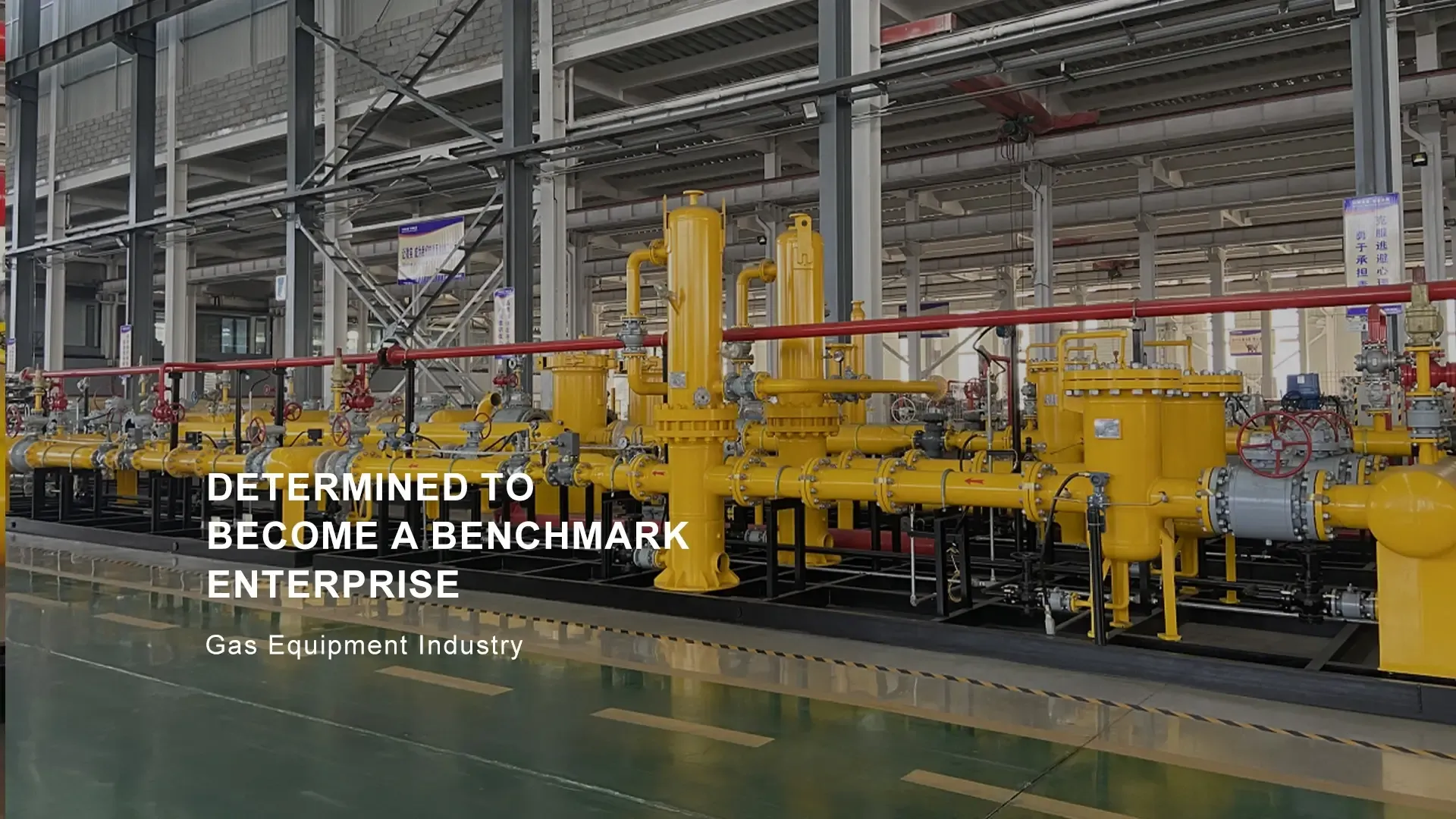
Sep . 02, 2024 13:43
Back to list
high pressure regulators
Understanding High Pressure Regulators
High pressure regulators are critical components in various industries, ensuring the safe and efficient management of gas and fluid pressures. Their primary function is to reduce and control the high pressure of gases and fluids from storage tanks or pipelines to a lower, manageable level suitable for use in various applications. Understanding how these regulators work and their importance can provide valuable insights into their functionality and applications.
At the core of a high pressure regulator is its ability to maintain a consistent output pressure despite fluctuations in the input pressure. This is achieved through a system of internal components, including a diaphragm, valve seat, and spring. When the high-pressure gas enters the regulator, it acts on the diaphragm, which then adjusts the valve position to maintain the desired outlet pressure. This intricate mechanism ensures that users receive a constant flow of gas or fluid, which is essential for processes that require precise pressure levels.
High pressure regulators are used across many sectors, including industrial manufacturing, oil and gas, food processing, and medical applications. In the oil and gas industry, for instance, regulators play a crucial role in managing pressures during extraction and transportation, preventing dangerous surges that could lead to leaks or explosions. In the medical field, they ensure that gases like oxygen are dispensed safely and accurately, which is vital for patient care.
high pressure regulators

Moreover, the design of high pressure regulators varies based on their applications
. Some are designed for specific gases, such as hydrogen or natural gas, while others may cater to various fluids, including liquids under pressure. It is essential for users to select the right regulator based on the characteristics of the gas or fluid they are working with, considering factors such as pressure range, flow rate, and temperature limits.Maintenance of these regulators is also crucial for their longevity and performance. Regular checks and servicing can help identify wear and tear or potential faults, preventing operational failures that could disrupt processes or pose safety hazards.
In conclusion, high pressure regulators are indispensable tools that ensure the safe handling of gases and fluids across multiple industries. Their ability to provide stable output pressure and their diverse applications underscore the importance of selecting the right regulator for specific needs, coupled with regular maintenance to ensure reliable operation. Understanding these aspects will enhance the safety and efficiency of related operations.
Latest news
-
Safety Valve Spring-Loaded Design Overpressure ProtectionNewsJul.25,2025
-
Precision Voltage Regulator AC5 Accuracy Grade PerformanceNewsJul.25,2025
-
Natural Gas Pressure Regulating Skid Industrial Pipeline ApplicationsNewsJul.25,2025
-
Natural Gas Filter Stainless Steel Mesh Element DesignNewsJul.25,2025
-
Gas Pressure Regulator Valve Direct-Acting Spring-Loaded DesignNewsJul.25,2025
-
Decompression Equipment Multi-Stage Heat Exchange System DesignNewsJul.25,2025

